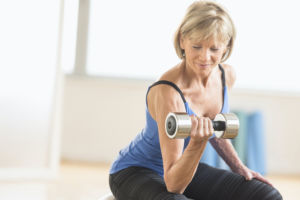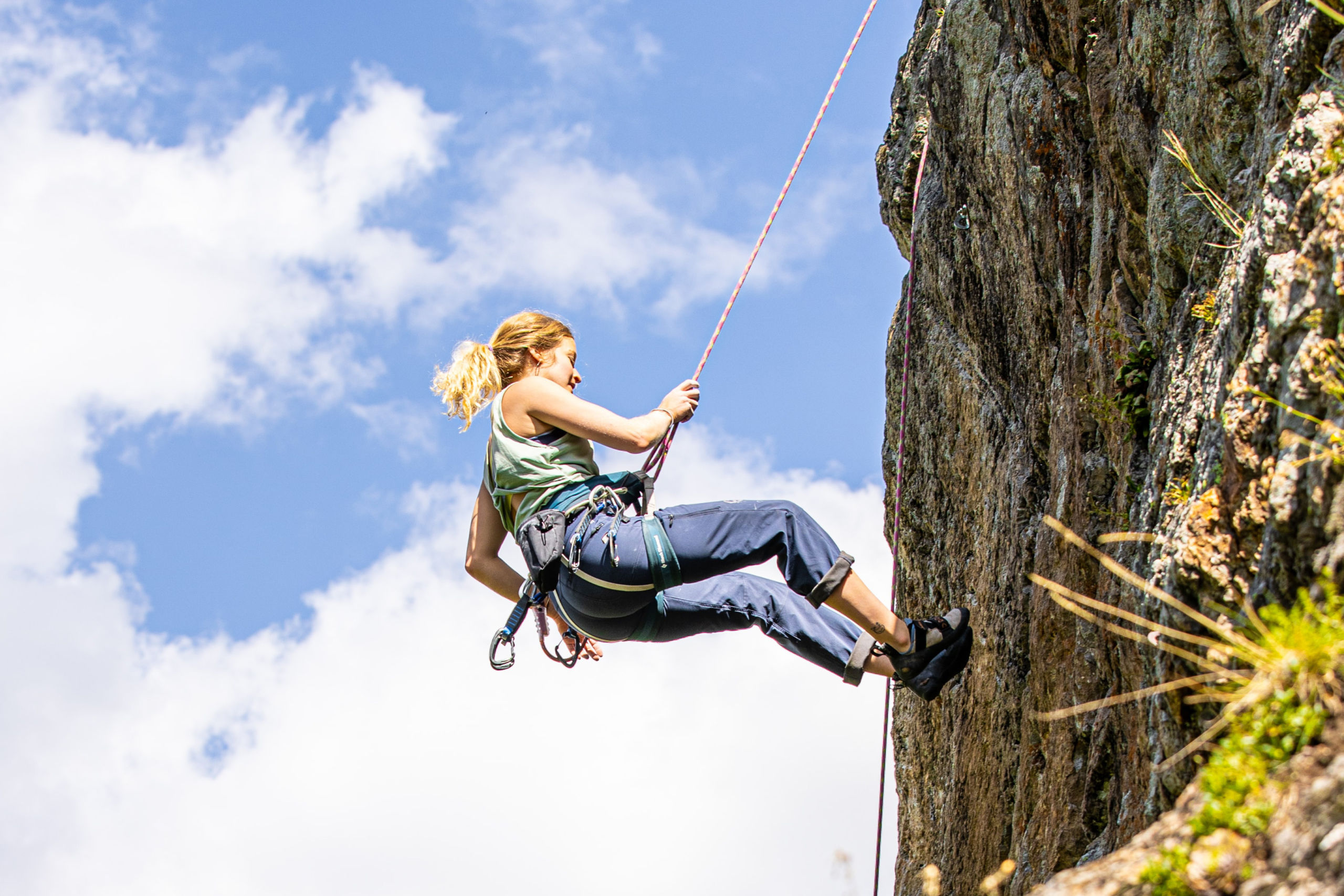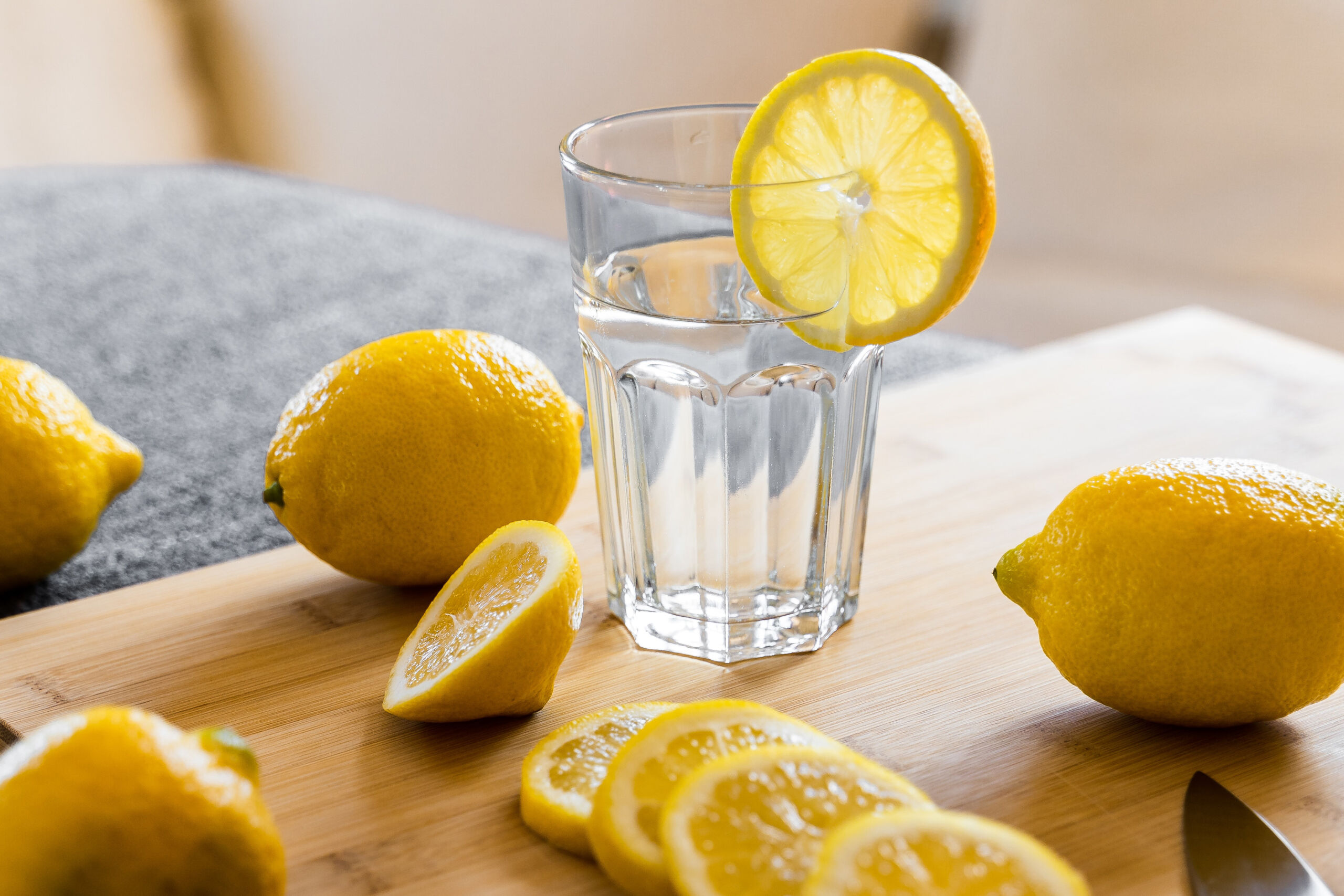Have you been thinking about starting a workout routine, but don’t know where to start? Maybe you already have a fitness routine but aren’t seeing results or getting satisfaction from it.
First, a little bit of reflection can go a long way. Take the time to ask yourself: What are your fitness goals? Are you satisfied with the results thus far? Understanding your own relationship to fitness will allow you to formulate a workout routine that emphasizes elements most relevant to your goals.
According to Dr. Jake Schaake, chiropractor at PALM Health, “If your goal is health and longevity, then you must have a balanced, well-rounded approach to your training. Each one of the training principles in a balanced approach works synergistically to improve your quality of life.”
A well-rounded fitness plan contains five elements: aerobic training, strength training, core training, balance training, and stretching. Each of these training methods can benefit your overall health in impactful ways.
Aerobic Training
Aerobic training, or “cardio,” is one you probably know well. This kind of training gets your heart rate up and your breathing rate going, which stimulates the pumping of blood to your heart and the delivery of oxygen to your working muscles.
Because aerobic exercise requires your heart to pump at a higher rate for an extended period of time, in the long run, doing it consistently can actually train your heart to function more efficiently on a regular basis. This, in turn, improves your circulation and keeps your arteries clear, lowering your risk of cardiovascular disease and high blood pressure significantly.
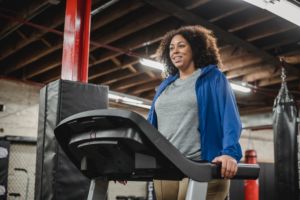 Plus, regular aerobic exercise can help you with weight loss, pain management, and mitigating the risks of other chronic conditions, like obesity, arthritis, metabolic syndrome, diabetes, some types of cancer, and stroke.
Plus, regular aerobic exercise can help you with weight loss, pain management, and mitigating the risks of other chronic conditions, like obesity, arthritis, metabolic syndrome, diabetes, some types of cancer, and stroke.
Pro tip: Get more cardio done in less time with a HIIT workout.
HIIT, or High Intensity Interval Training, is a workout style characterized by short bursts of intense exercise (anaerobic activity) followed by periods of rest or lower-intensity activity (aerobic recovery). This type of training can improve cardiovascular efficiency, build endurance, and optimize calorie burn in shorter workouts.
You can do HIIT group classes or one-on-one HIIT with a trainer.
However, aerobic training is only part of what you need to be doing to work on your fitness. Cindy Vickers, personal trainer at PALM Health, cautions her clients against over-relying on aerobic exercises like walking. “You can walk for miles every day, but without core strength, muscular strength, and good balance, your overall fitness level will still be pretty low,” says Cindy.
Strength Training
Did you know that as you age, your lean muscle mass diminishes naturally, while your body fat percentage increases? Strength training or resistance training can help delay this process by replacing the lean muscle mass you lose over time. So, more muscle mass is linked to a longer, healthier life.
This can involve anything from bodyweight exercises to resistance bands to free weights to weight machines — any exercise that induces muscle contraction.
So, where do you begin with strength training? When performing an exercise, start with your bodyweight or choose a weight or resistance level that is just heavy enough to tire out your muscles after 12-15 repetitions. Everyone’s starting weight will be different, but as long as you bring the muscle to fatigue — the point at which you can’t perform another repetition — your muscles are working the right way to build strength. Eventually, 12-15 repetitions at that resistance or weight level will start to feel easier, and that’s how you know it’s time to go heavier.
Pro tip: If you can’t or don’t want to lift heavy weights but still want the benefits of strength training, try Blood Flow Restriction training.
Blood Flow Restriction Training uses inflated bands around the arms or legs to partially restrict blood flow while you exercise with less or no weights (and less stress on your joints). It’s great for those who struggle with heavy weightlifting, are recovering from injury, or live with joint pain.
Core Training
“When you think about a hierarchy of training, core stability is the foundation. If this function is not well established, it will ultimately show up and hinder all other areas of training, which in the case of performance, can result in reduced outcomes or even injury,” says Dr. Schaake.
When you work on your core strength regularly, you’ll be less likely to get hurt elsewhere in your training — and workouts aside, most daily movements, like climbing stairs, lifting groceries, and carrying a child, stem from your core as well.
Remember that your core isn’t just your abs — it encompasses all the muscles around your spine, pelvis, and abdominal area, including your glutes, obliques, and upper and lower back muscles. A weak core can also contribute to poor posture, which can later result in back pain and neck pain.
Incorporating exercises like side bends, wood chops, dead bugs, and planks into your fitness routine will strengthen your core over time, improving your overall stability and mitigating risks for injuries and pain. Check out our blog on the basics of core training for more helpful tips.
Balance Training
Balance training may be new to you — oftentimes, it is not stressed much in fitness plans. But as you age, having good balance can prevent falls or help you avoid serious injury if you do fall.
Maggie Loida, another personal trainer at PALM Health, stresses the importance of balance training with her clients. “Not only is balance training important for improving your proprioception (the awareness of your body in space and in relation to the things around you), but it is also essential for strengthening your stabilizer muscles,” says Maggie. “The stronger your stabilizer muscles are in the ankles, knees, hips, and core, the less likely you are to suffer from falls.”
Balance improves with practice. Start with single-leg balance holds on the floor, then progress to double-leg balance holds on a balance pad, then single-leg holds on the balance pad. Eventually, you can try working on mobility exercises that incorporate balancing: for example, squats on a balance pad.
Stretching
Last but certainly not least, every fitness routine should involve stretching and flexibility exercises. Flexibility allows your muscles to lengthen and stretch in response to movement and provides your joints with the support they need to move fully and properly.
With age, daily activities can become increasingly difficult and limited as a result of a natural decline in flexibility, but stretching routinely will help keep you mobile and flexible for much longer.
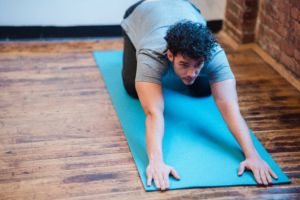 Not only does stretching give you greater joint mobility, but it can also help improve your posture, increase muscle control, boost circulation, and release muscle tension and soreness, especially if you make a point to stretch after every workout.
Not only does stretching give you greater joint mobility, but it can also help improve your posture, increase muscle control, boost circulation, and release muscle tension and soreness, especially if you make a point to stretch after every workout.
In the long term, incorporating flexibility training into your fitness routine can offer you relief from chronic pain and arthritis as well.
Structuring Your Week of Workouts
As far as aerobic training goes, adults should aim for 150 minutes of moderate-intensity activity or 75 minutes of vigorous activity per week. This can be broken up throughout the week in whatever way is most convenient for your schedule.
Strength training is recommended 2-3 times per week in addition to your aerobic training, depending on your goals. If you’re looking to maintain your strength, two days per week is sufficient. If you’re looking to build muscle faster, three days will yield more results, especially if you train with working sets, in which you repeat the exercise until your muscle is completely fatigued and you continue until near failure.
Core training, balance training, and stretching can easily be incorporated into your other training days. For example, core exercises and balance exercises can be implemented as part of your strength workouts.
Stretching, on the other hand, is a healthy way to begin and end all of your workouts. While you’re still warm from your aerobic or strength workout, it’s best to do 2-4 rounds of stretching: pick a few static stretches and hold each one for 15-30 seconds. Repeat this cycle 2-4 times.
It’s never too late to start working on your fitness. “No matter your age, the two most important things for you to bring to your training are a good understanding of form and a great sense of humor,” says Cindy Vickers. With an open and positive attitude, you’ll always be successful in your fitness goals.
Want to explore a root-cause approach to your symptoms and start feeling better?
PALM Health provides concierge medicine with functional medicine experts and convenient access to comprehensive wellness and recovery services. Our memberships give you access to a wide variety of wellness services, integrative therapies, and on-site healthcare.
Like what you’re reading? Stay connected with us.
Want to stay up to date on all things health and wellness? Subscribe to our mailing list to receive educational content about the latest topics in health, tips on living well from our experts, updates on events, and special offers.

